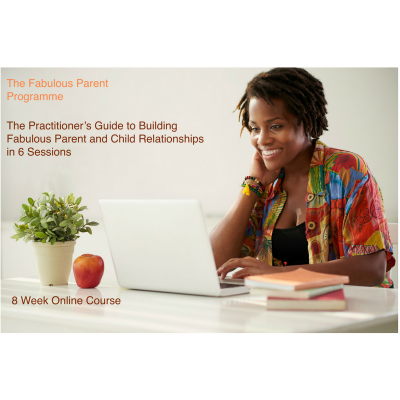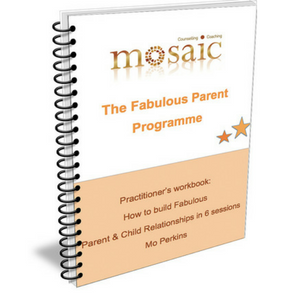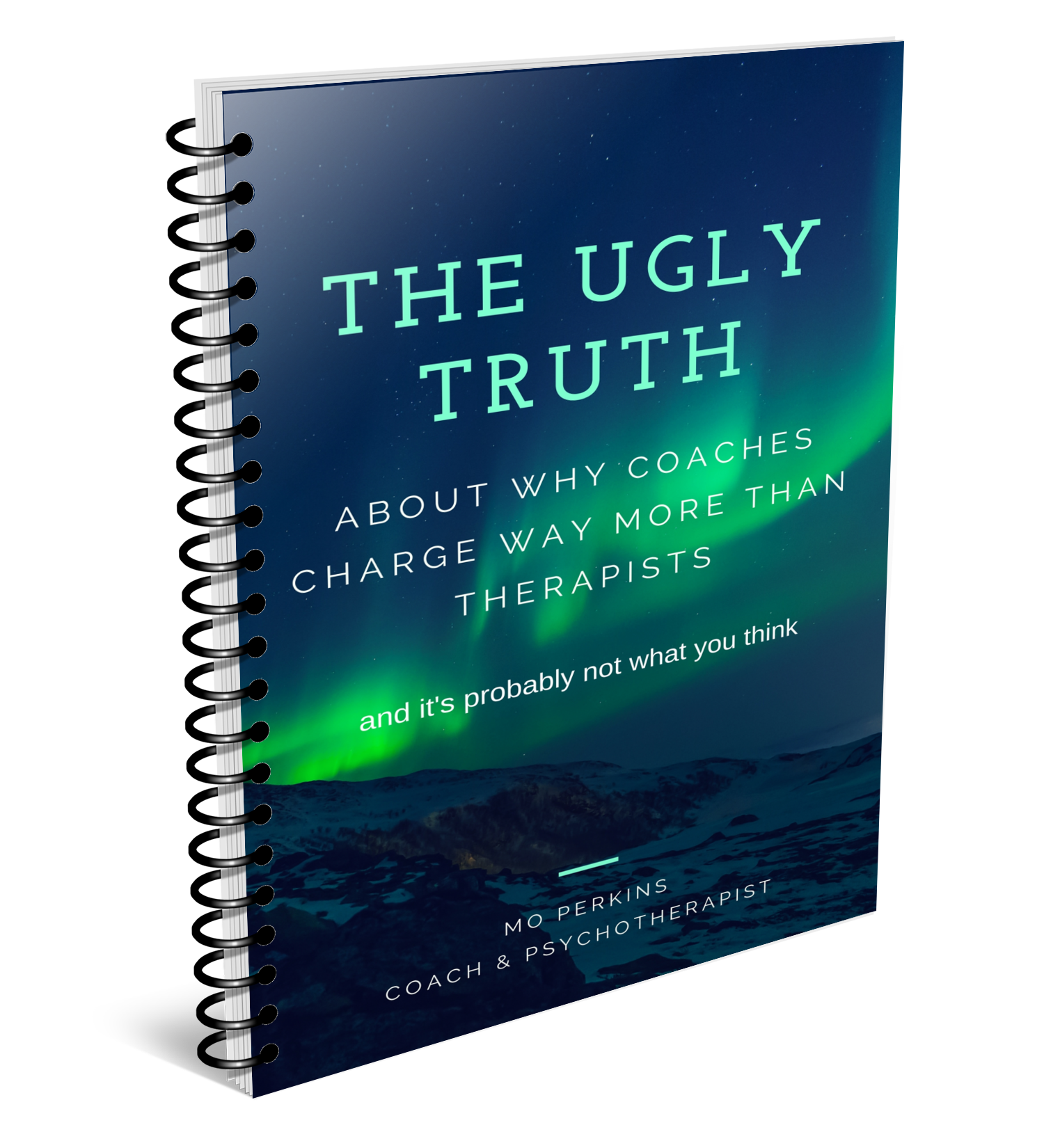Anxiety is a natural phenomenon that everyone experiences from time to time. We might feel it as butterflies in our stomach or getting a bit hot and sweaty when we think about or face something that we find challenging. We all need that healthy amount of adrenaline to give us that get up and go, mobilise us into action and spur us on to achieve greater things. However, sometimes in adults and in children anxiety gets out of hand. It becomes debilitating, effects our enjoyment of life and anxiety can actually make us feel really ill. In an earlier post I talked about 5 things to remember when treating Generalised Anxiety Disorder (GAD), if you missed that post you can check it out here. I’m continuing my mini series about anxiety by sharing with you the 5 building blocks that can lead to anxiety related disorders.
A few weeks ago I attended a training event run by Wale Oladipo of Mind Body Breakthrough. He runs training events up and down the UK on GAD and Panic Attacks and he has written several books so if you’d like to learn more than I can share with you here I’d encourage you to check him out. The starting point for anxiety related disorders is an unpleasant life event, so that’s where we’re going to start.
1. Unpleasant Life Event
No one can really get through life without any unpleasant experiences. Even some children have unpleasant experiences such as being bullied at school, parents divorcing, exams etc. Not to mention things that just seem like ordinary events like getting into trouble about something or having a sibling born. Whatever age you are a death in the family takes some dealing with, as does redundancy, divorce, accidents or illness. Of course, it’s what each person makes of the event that’s the defining factor and how many of the other building blocks are put in place. That’s why lots of people experience similar things but not everyone gets an anxiety disorder. Unpleasant life events generate negative emotions including fear, guilt, sadness, hurt and anger. It’s completely normal to feel these emotions if something unpleasant has happened but it’s what can happen to our brain chemistry that makes the difference.
2. Unhelpful Thinking Patterns
When the life event happens how we perceive that event and how much time we spend thinking about it makes a difference. If we’re thinking about the event in order to make some changes to our life or put a helpful strategy in place then brilliant. However, what sometimes happens is we start a process of really unhelpful thinking. We start worrying about what’s happened without taking any positive action, worrying about things we can’t change and maybe thinking we’re to blame. Negative automatic thoughts following a trauma or an unpleasant event are pretty much the norm but it becomes another building block if negative thinking becomes a habit without us getting it in check. Catastrophic thinking and turning things over and over in our mind is the second building block.
3. Unpleasant Emotions
The building blocks aren’t always experienced in the same order. Sometimes what we notice the most after the event is how we’re feeling rather than what we’re thinking. That’s because the thoughts might be subconscious. They don’t always come to the front of our mind. What we become aware of first is feeling depressed or scared, ashamed, guilty or angry. As I’ve said before there’s nothing wrong with feeling emotional when something difficult has happened. It’s more of a problem when this is linked with negative thinking, worrying and self blame. In each of these cases it also depends on how long the behaviour continues for. If I cry and blame myself over something that’s happened for a few days of even a few weeks I won’t necessarily get an anxiety disorder but if I continue with negative thoughts that fuel my negative emotions over a long period then that could cause me a problem and lead to physical symptoms.
4. Physical Symptoms
The combination of negative automatic thoughts fueling difficult emotions is likely to be felt physically if it continues for too long. So basically our health starts to suffer. This is when panic attacks can start along with other symptoms like feeling dizzy or sick, having palpitations and not being able to sleep. When we feel tired, everything seems worse and if we’re not sleeping it gives us a lot more time for unproductive thinking. I’ve also noticed that even though some people’s sleep pattern is ok after an unpleasant life event, the stress of the situation can make people feel tired all the time and have no interest in anything. Distracting ourselves with positive activities after an unpleasant life event is good but avoiding dealing with the feelings and thoughts associated with the original event is another matter.
5. Avoidance Mechanisms
It’s pretty much a universally excepted idea that if we avoid something that we fear we are unlikely to overcome that fear. For example when I went through a period of having panic attacks when driving on the motorway after an accident, I probably would never have overcome the panic if I hadn’t forced myself to keep driving on motorways. However, it’s easier to overlook all the other forms of avoidance that lead to anxiety disorders and help to maintain them. Avoidance in dealing with the negative emotions linked to the initial life event is a crucial block in the fear cycle. Avoidance can be in the form of the Freudian defense mechanisms eg denial, repression, regression, projection etc or it can be other forms of distraction. Using unhelpful distraction techniques is a major way to avoid dealing with issues and at the same time increases the likelihood of an anxiety disorder. Other forms of avoidance through distraction are alcohol abuse, drug abuse, self harm, aggression, being a workaholic, over eating to name just a few.
So, when working with clients on their anxiety an holistic approach is always going to be a good way forward. Identify the life events that triggered the strong negative emotions whenever possible. Help clients to understand what’s going on in their brain chemistry. Identify the unhelpful thought patterns that help to feed the unpleasant emotions and the physical symptoms and look at the avoidance strategies that clients are using. Often when clients enter therapy they talk about the life experiences that have brought them and that’s a really huge step forward towards challenging avoidance.
I’d love to hear your thoughts on working with anxiety disorders whether you’re a counsellor or a coach, working with adults or children, Please let me know in the comments, Look forward to hearing from you




Hello my name is Jackie. I originally trained to be a primary teacher. I have worked for last 12 years as a nursery teacher. For some time now I have wanted to work with parents, other teachers and children on emotional well being. I would like to learn more about mindfulness so that I can support others in this area. My mother had mental health issues and I also have been through a period of anxiety and fear. I have had some CBT also. My sister who is training to be a health and wellbeing coach told me about you. I would love to be able to do some more training so that I can support others in this field.
Hi Jackie,
Lovely to connect with you. You must be Sharon’s sister. As an experienced teacher you would be really well placed to work with parents, children and other teachers.
What sort of training have you considered doing so far? What has stopped you from doing more training?
I have another website for parents at http://www.moperkins.com I’d love you to go take a look and let me know what you think.
Let me know if there’s any way I can help you and feel free to connect with me directly.
x